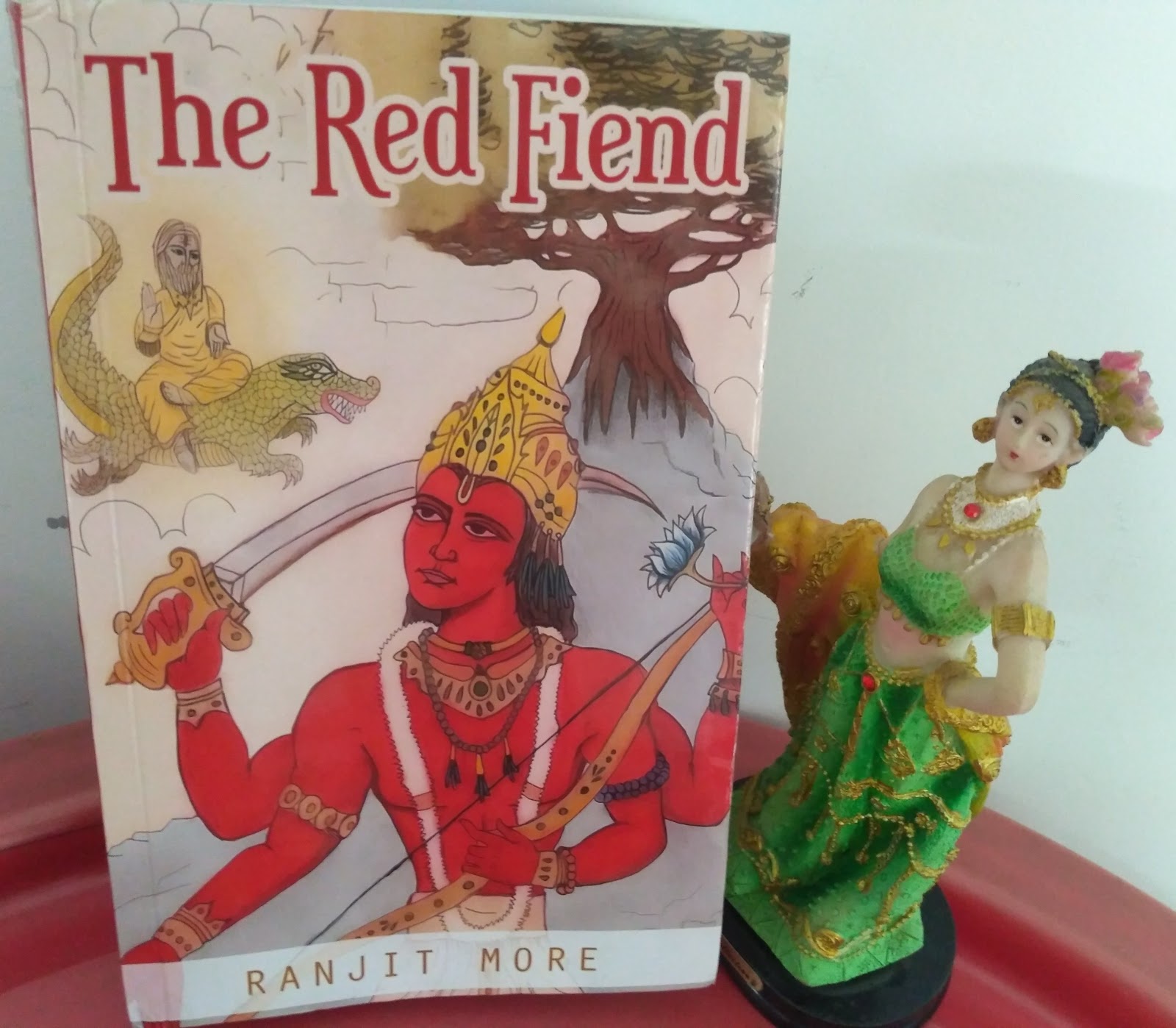Series: #1 (Cliffhanger)
Publication Date: 08th Dec 2024
Genre: Hindu Mytho Fantasy
3.7 Stars
One Liner: Interesting! A decent debut with a cliffhanger
Drumila, the king of daityas, wants nothing more than to kill the Creator to avenge his mother’s death. He needs to find a way to breach the wall protecting svarga to gain reach the Creator. However, Drumila should first deal with the attacks by Nagas.
Arundathi, the daughter of the Creator, is chosen for a mission to weaken Drumila, which would lead to his demise. She is ready for her mission despite what she has to do to achieve it. However, when she gets to know her target, Arundathi is surprised. When there’s another attack on the kingdom by the Nagas, will she stand by him or use it to fulfill her mission?
The story comes in the third-person POVs of Shukracharya, Drumila, Arundathi/ Nandini, Ramishka, Havi,
My Thoughts:
Well, this has been my year so far for reading Indic fiction (#touchwood and hoping it continues). When the author contacted me for a review, I was a bit hesitant but curious. Indie Indic authors need support, so once I confirmed the book wouldn’t have anti-Hindu content, I was happy to read it.
The book is fairly big (446 pages including the multi-page glossary at the end) and has a slow start. This makes sense since we are introduced to the setting and the characters. However, it’s far from boring. We have a short battle scene right in the beginning. There’s intrigue, danger, and drama!
The heroine’s entry takes a while. She enters in the second part once the MMC’s story is fully established. The shift to her setting presents a good contract (and comparison) between the regions of the daityas and devas. Yet, we see similar underlying emotions and feelings.
There’s much opulence with mentions of lavish gold, gemstones, and riches that can your head swim. Watching our pauranic movies has prepared me for all this, so it was easy to imagine the descriptions.
A sudden shift to the earthly locations, especially the modern-day world, was unexpected. It pulled me out of the story for a while but I decided to go with the flow. The setting changed from full fantasy to a sort of urban fantasy a few times. I was prepared for it, so the subsequent shifts were seamless.
While I liked the mentions of the delicious food, the word ‘chai-tea’ caught unawares. I mean, it’s the last thing I expected in a book by an Indian author. Also, I’m not sure why ‘u’ was used in place of ‘a’ in words like Maya and kanya. It sounds a bit off, TBH.
The characterization is quite good. You can create a checklist of tropes as well – forbidden love, a sort of grumpy vs. sunshine, brooding alpha male who is gentle with his lady love, and so on!
Though things are tense, I ended up chuckling at unexpected moments. This random sprinkling of humor makes the book more enjoyable. The writing is decent, though I feel an experienced editor or a woman editor would have made a difference. While physical attraction is a big part of the plot, the descriptions of the FMC are borderline comical (I can’t help but laugh and cringe at the mention of melon-like breasts). In short, you can tell this has been written by a man. At least the steamy scenes are not too descriptive.
The romance is obviously insta attraction because it is the core of the plot. The FMC’s mission is to weaken the MMC through excessive lovemaking. Interestingly, this is a known concept in Hinduism. In Mahabharata, Vichitrariya was said to have died due to the same reason (but alas, without either of his wives conceiving). Bhyrappa used it to present a pattern in Parva (retelling of Mahabharata).
By choosing to present the story from the daityas POVs, the author does a good job of creating the difference between good daityas and the unruly ones and providing a voice to those who often get clubbed together. Since we get the FMC and MMC’s POVs, we see both their sides and how they come to understand each other.
Puranic war scenes have always been a favorite what with those powerful astras and the twangs of the bows. This book too details the scenes well. I love the mention of the various astras and how they work. These are easily the best parts of the book.
However, the book ends on a cliffhanger. Yeah, something I figured out a bit too late. Hopefully, the sequel is in the works (I asked the author about it).
Due to the large cast, I suggest adding a list of characters (and their roles) at the beginning. It would be easier to track them and refer them when necessary.
To summarize, The Red Fiend is an entertaining debut novel presenting the conflict between daityas, devas, and nagas with a good rose of romance. Despite the flaws, the book would make an interesting read for those into this genre (desi readers are the target audience).
My thanks to the author for a copy of the book. This review is voluntary and contains my honest opinions.

No comments:
Post a Comment